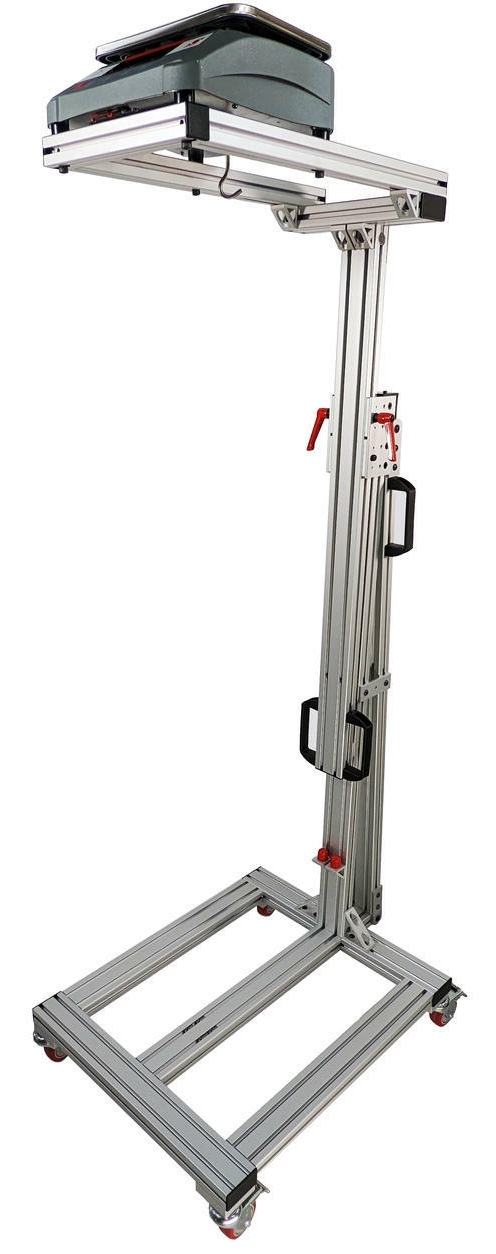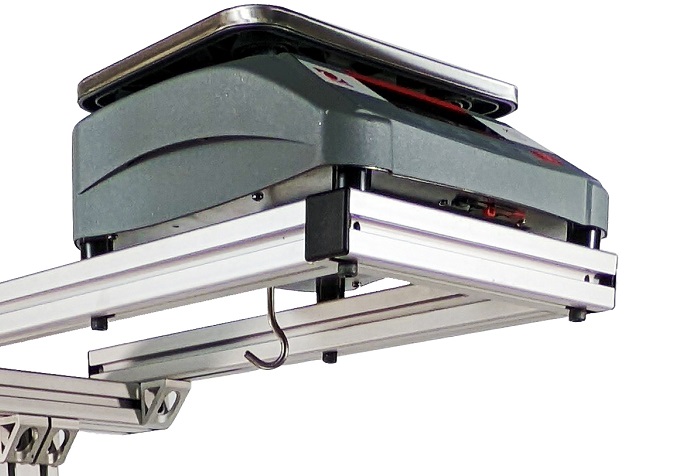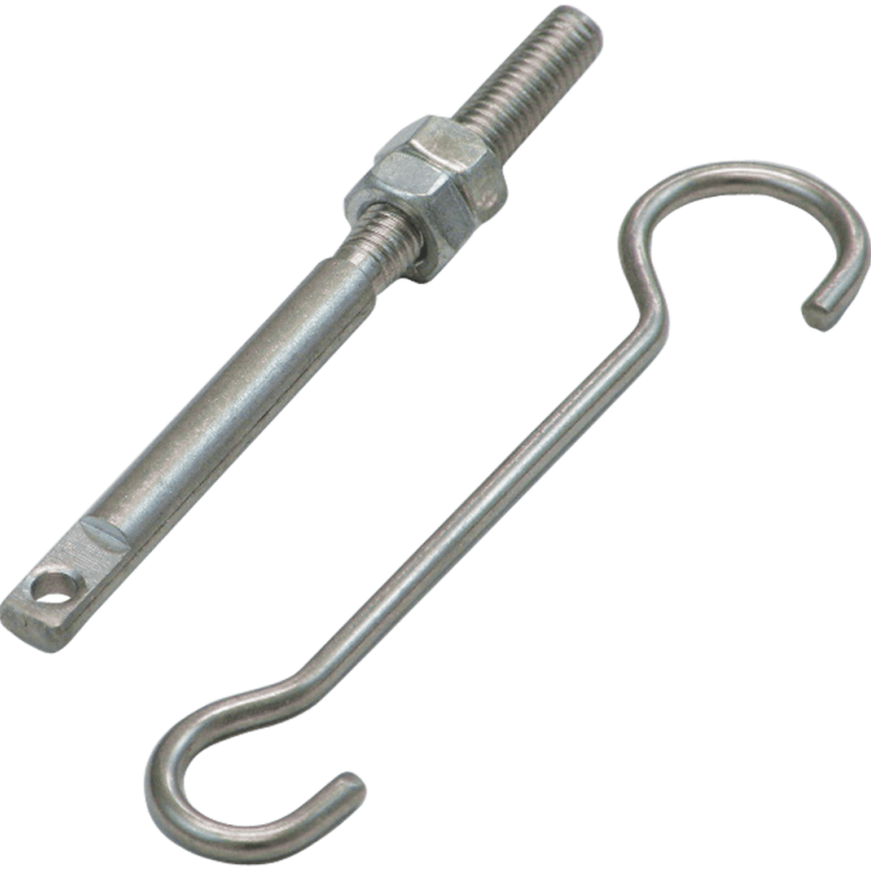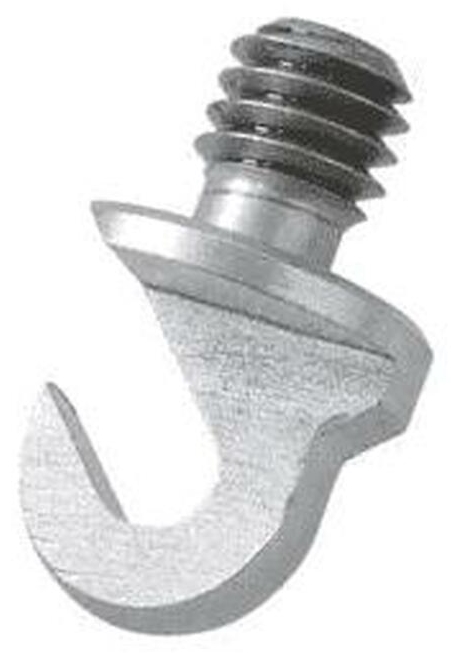What is Underhook Weighing and How Does it Work?
Posted by Greg J. on Jun 9th 2022
Digital scales can be used for a variety of purposes, from measuring the weight of an object to ensuring that products are meeting specific weight tolerances. When used in an industrial or laboratory setting, scales can be critical in ensuring your operation runs smoothly and efficiently. There are several different types of weighing techniques in use today, but one that is becoming increasingly popular is underhook weighing.
If you're a business that relies on digital scales to weigh your products and materials, then you may have heard of underhook weighing. But what exactly is it, and how can it help your business?
In this article, we will explain what underhook weighing is and how to perform it on a standard digital scale. We will also discuss some of the pros and cons of this measurement technique, as well as the most common industries and applications that utilize it every day.
WHAT IS UNDERHOOK WEIGHING?
Also known as below balance weighing, underhook weighing is a process that is used to measure objects that cannot be otherwise placed on a scale's pan (or in the bowl) and weighed using traditional load cells. This process involves suspending the object to be weighed below the scale by using a hook or under-slung weigh beam.
By using an underhook, the weight of the object can be more accurately determined, as it is not affected by the gravitational forces acting on it from above. This type of weighing is often used in conjunction with standard digital scales, as the scale can be used to determine the weight of the object once it has been suspended from the underhook.
An OHAUS® Ranger 4000 scale with underhook attached on a VariWeigh Mobile Weighing System
Below balance weighing is ideal for:
- Oversized objects that would not be able to easily fit/balance on the scale pan
- Irregularly shaped objects that have a hard time lying flat
- Hot or cold materials whose temperature coefficient would affect the electronics of the scale
- Magnetic materials that would interfere with the load cell and inner workings of the scale
HOW TO PERFORM UNDERHOOK WEIGHING
Underhook weighing is a relatively simple process that can be performed by using one of two methods. The most common method is to use a threaded hook (or a set of hooks) that are attached directly to the base of the scale. The scale is then placed over a hole in a table (or a similar underhook weighing setup) so that the scale is level and secure with the hook completely unobstructed.
Another common method is to use an under-slung weigh beam, which is a horizontal beam that is suspended from below by a set of hooks. This type of beam is typically used for larger objects that cannot be safely suspended from a single hook.
Scale models that are compatible with underhook weighing will either come standard with all of the hardware you need or provide the option to add it to your cart at purchase. However, aftermarket and replacement hooks can also be ordered and factory-fitted for specific scale models. Shop our current selection of below balance hooks to find the right system for your scale.
Adam Equipment Weigh-Below Hook Mettler Toledo Below Balance Hook for the MS-L
The most important thing to remember when performing underhook weighing is to ensure that the object being weighed is properly secured and will not fall off of the hook(s) while the measurement is being taken. This can be done by using a variety of methods, such as straps, nets, or even chains.
Once the object has been properly secured, all that is left to do is to take the measurement. This can be done by simply reading the weight displayed on the digital scale, or by recording the measurement manually if desired.
UNDERHOOK WEIGHING PROS AND CONS
There are several advantages and disadvantages to using underhook weighing as your primary method of measuring objects. These pros and cons should be considered before making the decision to switch to this type of weighing.
Advantages of below balance weighing include:
- Increased accuracy: When used properly, underhook weighing can provide more accurate results than other methods.
- Greater flexibility: Underhooks can be moved and adjusted to accommodate a variety of different objects, regardless of size or shape.
- Less wear and tear: Because underhooks are not in direct contact with the object being weighed, there is less risk of damage or wear and tear over time.
Disadvantages of below balance weighing include:
- Requires additional hardware: In order to perform underhook weighing, you will need to purchase the required hardware.
- Not suitable for all objects: Underhooks may not be able to accommodate very large or very small objects.
- Requires more setup time: Underhook weighing typically requires more time than other methods to properly set up and secure the scale.
INDUSTRIES AND APPLICATIONS THAT USE UNDERHOOK WEIGHING
Underhook weighing is used in a variety of different industries and applications every day. Some of the most common ones include:
- Horticulture/Cannabis: Underhook weighing is great for quickly and accurately measuring hanging plants.
- Civil Engineering: Underhook weighing is often used to determine specific gravities of concrete and asphalt.
- Food and beverage: Underhooks are commonly used to weigh certain food products, such as produce, meat, and seafood.
- Manufacturing: Underhooks are used to weigh certain raw materials, finished goods, and waste products in industrial environments.
- Recycling: Underhooks are commonly used to weigh large quantities of recyclable materials, such as glass, metal, and plastic.
Underhook weighing is a simple yet effective way to weigh a variety of different objects. With a little bit of practice, you'll be able to use this method to get accurate results every time. Just remember to always use proper safety precautions when suspending objects from hooks, and to take the time to thoroughly secure your scale and the object before taking any measurements.
 BRING YOUR UNDERHOOK WEIGHING TO THE NEXT LEVEL WITH VARIWEIGH
BRING YOUR UNDERHOOK WEIGHING TO THE NEXT LEVEL WITH VARIWEIGH
For the most convenient and portable underhook weighing, consider the NEW VariWeigh All-in-One Mobile Weighing System from Scales Plus. An open tray design allows sufficient room for the underhook which helps to prevent potential snags and binds. The scale is fastened securely to the tray which further improves stability and accurate results.
For overhead weighing, the VariWeigh is height-adjustable and can accommodate products ranging in length up to approximately 84 inches at full height. This allows users to accurately weigh large or irregularly-shaped items that are typically difficult to weigh on a standard scale.
The VariWeigh is compatible with popular OHAUS® scales including the Ranger 3000, Ranger 4000, and Defender bases. The Ranger series scales have a unique underhook that accommodates overhead weighing applications that VariWeigh provides. Visit our product features page to learn more or shop the VariWeigh models available today.








